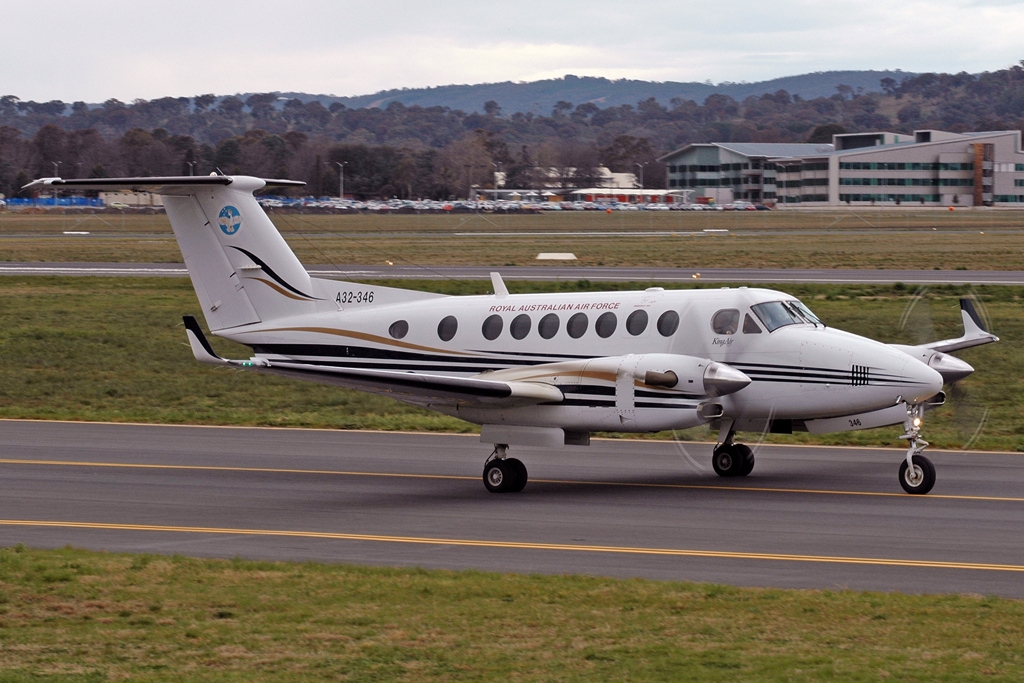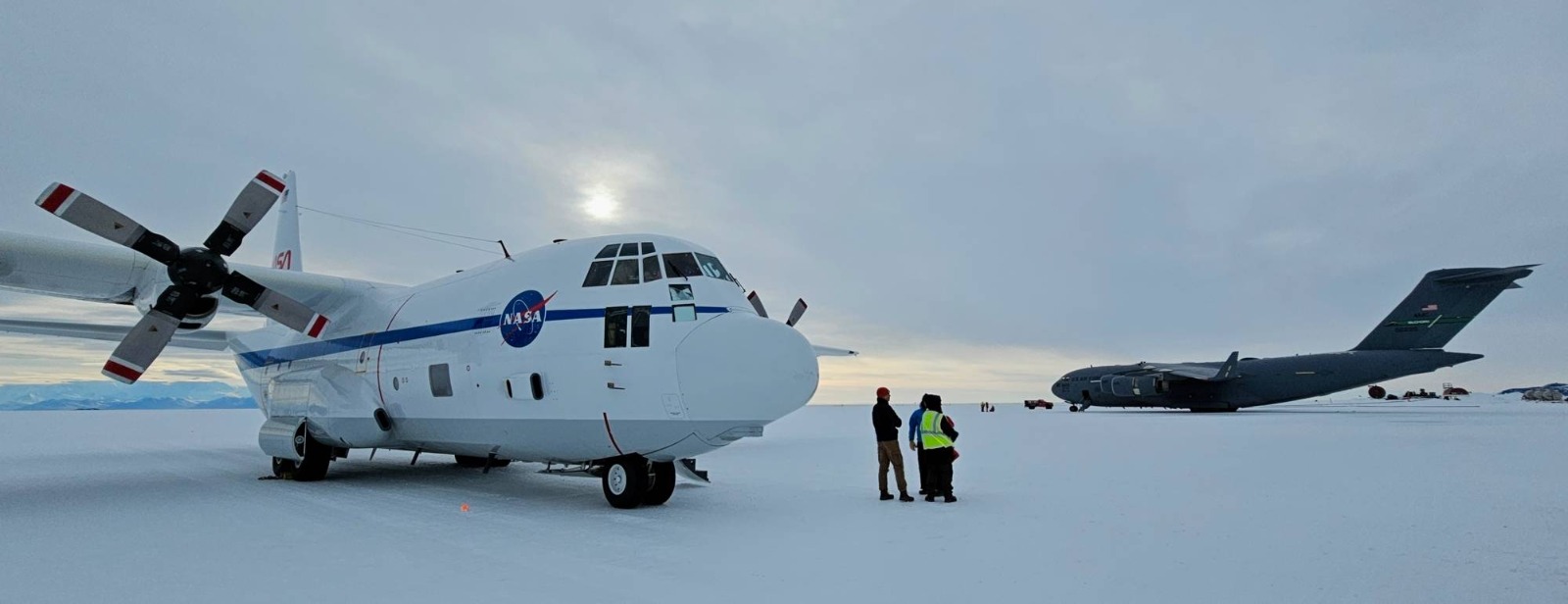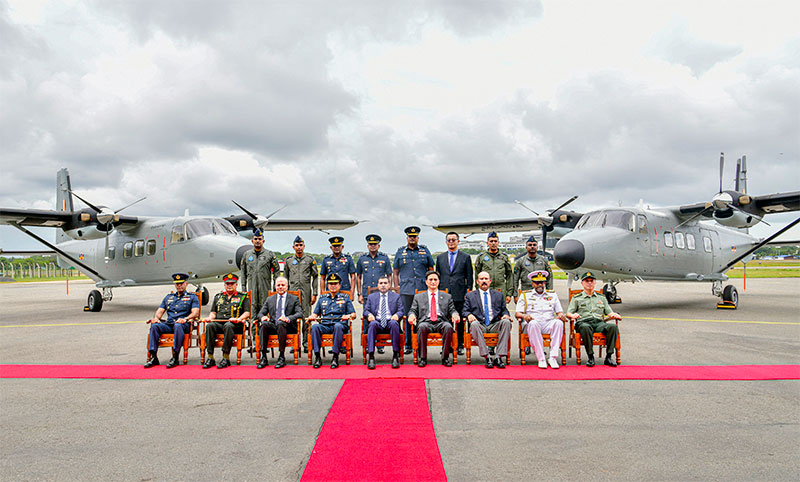Chinese Y-12 STOL Aircraft To Boost Sri-Lanka’s Military; Negotiates With US For C-130 Surveillance Aircraft


Y-12 Aircraft To Boost SLAF’s Aerial Capabilities
In addition to these acquisition plans, Srilanka Air Force commander revealed that the SLAF had already procured two new Y12 aircraft of Chinese origin as part of its fleet expansion efforts. The Sri Lanka Air Force (SLAF) finalized the acquisition of the two cutting-edge Y-12IV aircraft in June 2023. This acquisition was facilitated by a contract signed on December 16, 2019, between the Secretary to the Ministry of Defence representing the Sri Lankan Government and the China National Aero-Technology Import & Export Corporation. The SLAF heralded the Y-12IV aircraft as a notable enhancement to its fleet. This aircraft functions as a versatile light transport with its Short Take Off and Landing (STOL) capabilities. Manufactured by HARBIN Aviation Industry Co. Ltd. in China, the Y-12IV is equipped with a twin-engine turboprop configuration. This model, an upgraded iteration of the Y-12, features extended wing tips and a higher take-off weight, thereby amplifying its performance capabilities. “The acquisition of these brand new Y-12IV aircraft highlights the SLAF commitment to enhancing its aerial capabilities and strengthening the fleet with cutting-edge technology. The addition of these aircraft will undoubtedly contribute to the SLAF operational readiness, enabling it to effectively fulfill diverse operations while serving the nation and promoting regional security,” according to the Srilanka Air Force.

